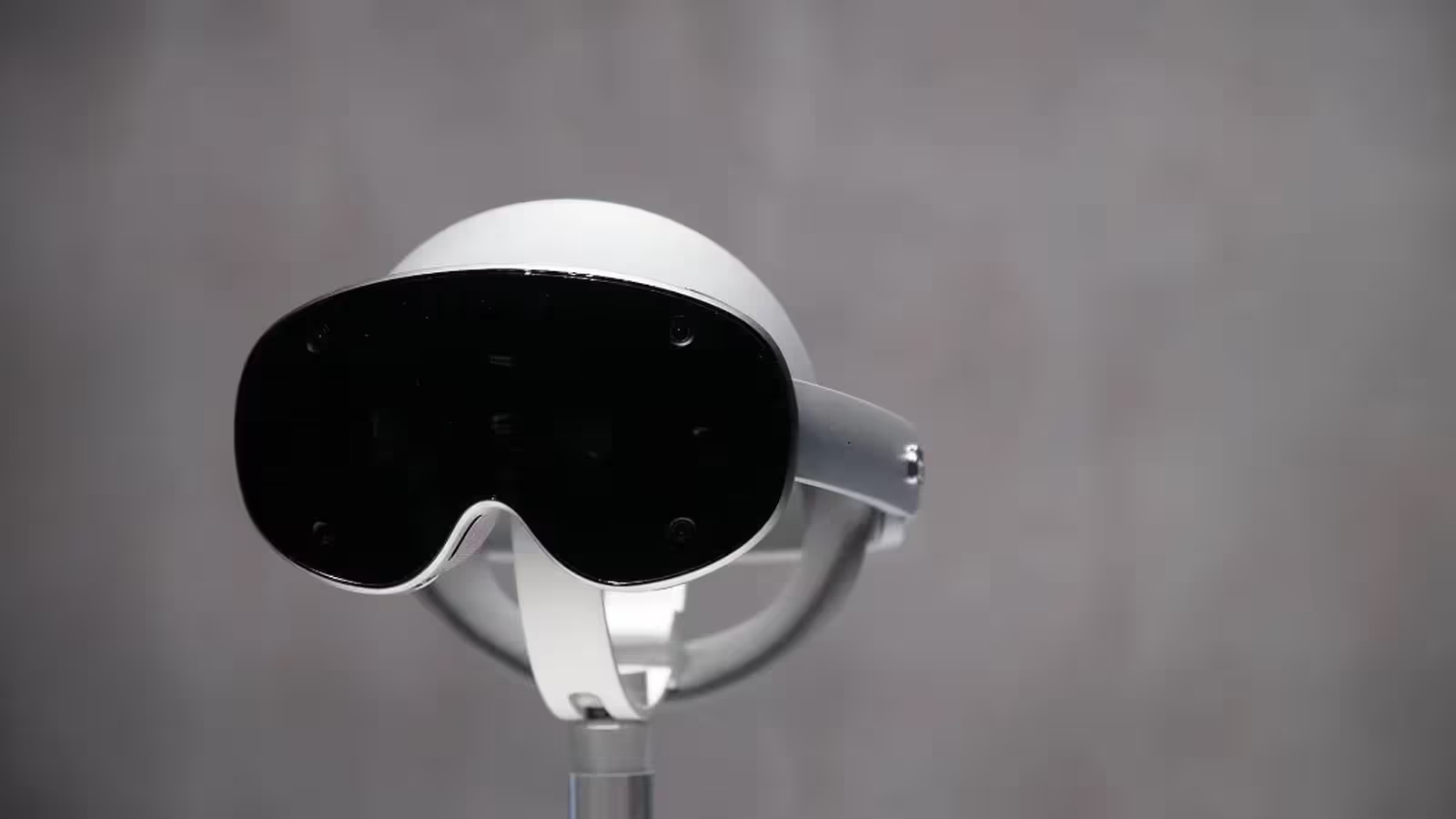3 Minutes
Project Moohan: Samsung’s Cautious Step into XR Technology
Samsung is poised to enter the extended reality (XR) market with its upcoming Project Moohan headset. Unlike previous product launches from the tech giant, this device is not intended to be a headline-grabbing innovation or the company’s next major product line. Instead, Project Moohan serves as an experimental foray to gauge real-world consumer interest in XR technology and mixed reality headsets.
Testing the Waters in a Competitive Landscape
Rather than fully committing to the XR segment, Samsung’s strategy with Project Moohan aligns with moves by other leading tech firms such as Meta, Apple, and Google. All of these companies are actively developing wearable AR devices—Meta’s Orion smart glasses, Apple’s highly anticipated AR projects, and Google’s ongoing experiments—each with an eye toward a future where AR glasses could potentially replace smartphones. The rise of robust AI models only strengthens industry speculation about this AR-centric future.
Project Moohan’s Features and Platform
While official technical specifications for Project Moohan have not been widely disclosed, it is confirmed that Samsung’s headset will operate on Google’s new Android XR platform. This collaboration should enable access to a broad ecosystem of immersive apps and digital content, offering users a rich extended reality experience from the start. Key factors such as ergonomic design, display comfort, and pricing will be critical in determining whether Project Moohan receives a positive reception from early adopters.
Learning from Industry Benchmarks: Apple Vision Pro
Samsung appears to be taking a measured approach, likely shaped by Apple's recent experience with the Vision Pro headset. Despite its cutting-edge technology, the Vision Pro faced lackluster sales, even among enterprise clients, due to its high $3,499 price tag and limited everyday use cases. Features like Apple’s EyeSight external display significantly increased costs, demonstrating the need for balance between innovation and affordability in XR headset development.
Market Timing and Future Prospects
Meta is targeting a 2027 release for its Orion XR smart glasses aimed at mass-market adoption, while Apple’s leadership is intent on beating that deadline. Samsung, for now, is waiting to see how enthusiast and enterprise consumers react before investing further in augmented reality headset research. The company’s future in this space largely depends on the momentum Project Moohan can generate.
Market Relevance and Broader Implications
Consumer appetite for immersive XR experiences, the breadth of available AR content, and competitive pricing will ultimately shape the trajectory of augmented reality hardware. Should Samsung determine that public interest is lacking, it may withdraw from AR headset development altogether—a move that could send ripples through the entire XR industry. As a leading technology innovator, Samsung’s success or pullback could directly influence the pace and direction of global extended reality adoption.
Source: phonearena



Comments